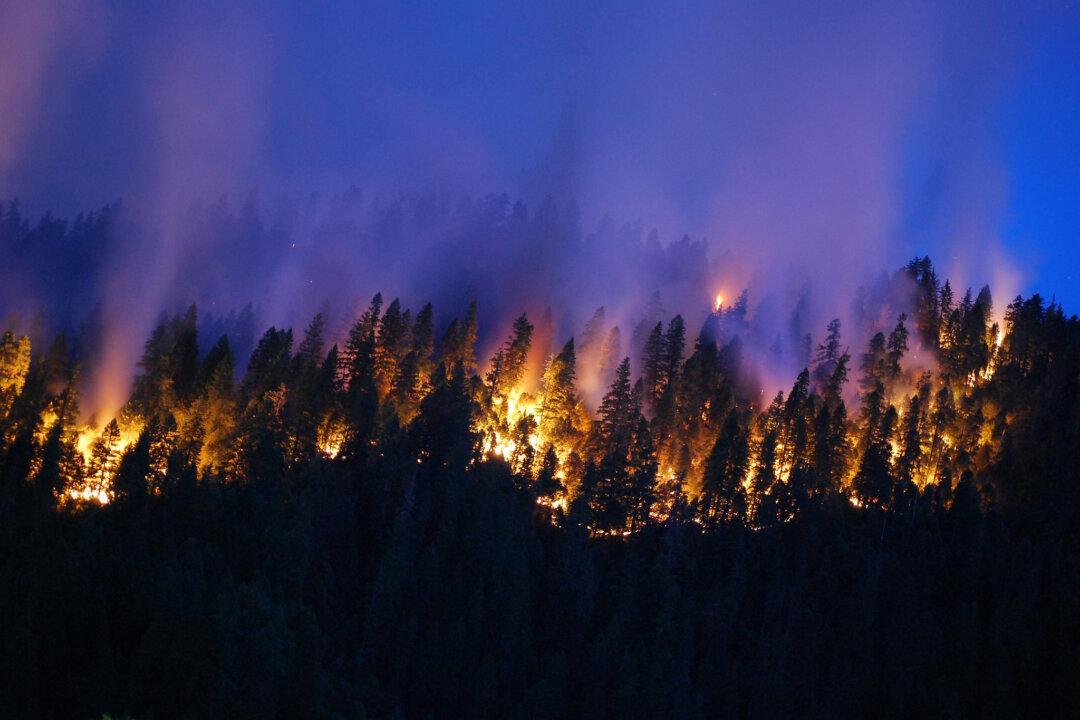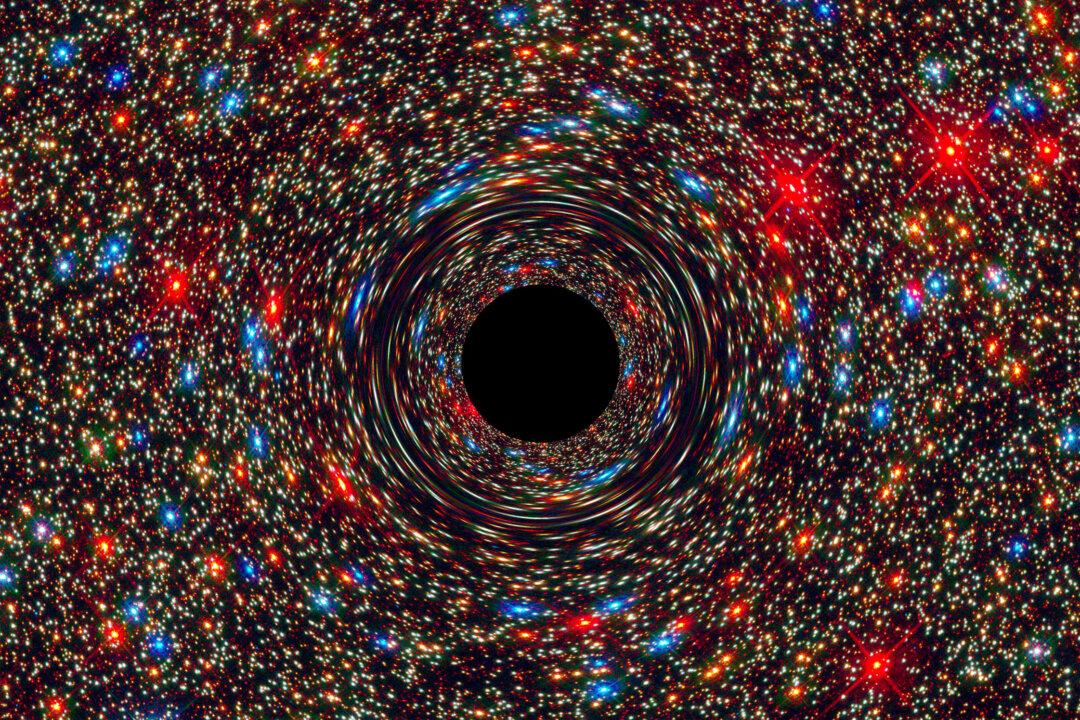Wildfires in California emit more greenhouse gas than previously believed, according to a new study that quantifies the amount of carbon stored and released through the state’s forests and wildlands.
The findings could have implications for the state’s efforts to meet goals mandated by the Global Warming Solutions Act, or AB 32, to reduce greenhouse gas emissions to 1990 levels by the year 2020. The bill, which passed in 2006, assumed no net emissions for wildland ecosystems by 2020.




